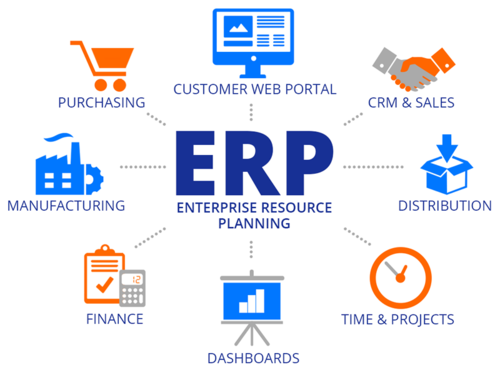A business continuity planning approach may be an overwhelming task when approached for the very first time. Many supervisors have little if any experience of coping with a Business Continuity Plan (BCP) and can find themselves tasked with producing and analyzing their business's first-ever structures for managing disruptions to the enterprise. This may seem a daunting task initially.
The trick to success will be to adhere to an agreed standard like BS 25999. According to accepted best practices along with the joint experience of several experts from a vast assortment of businesses. You can get more information about the business continuity plan online at https://www.nst-li.com/it-support/managed-it-services/business-continuity/.

Image Source: Google
The entire strategy follows the recognizable Plan-Do-Check-Act cycle, as follows:
- Strategy: During this period, you set the overall policy for business purposes, establish goals, and devise processes. Part of the procedure is the introduction of a Business Impact Analysis (BIA), which defines the effect on business procedures (as against tech) and assets of a specified adverse event.
- Assess: After the BCP is completely set up, it ought to be tracked constantly, and assessed at regular intervals. There's also a demand for occasional "live" evaluations of the DR program and Incident management program.
- Act: Ultimately, the outcomes of the evaluation ought to be relied upon, and suggested improvements must be fed back in the company continuity planning plan.
Even though the general principles are the same for almost any company, the exact application of them is going to vary based on your organization's particular needs.
